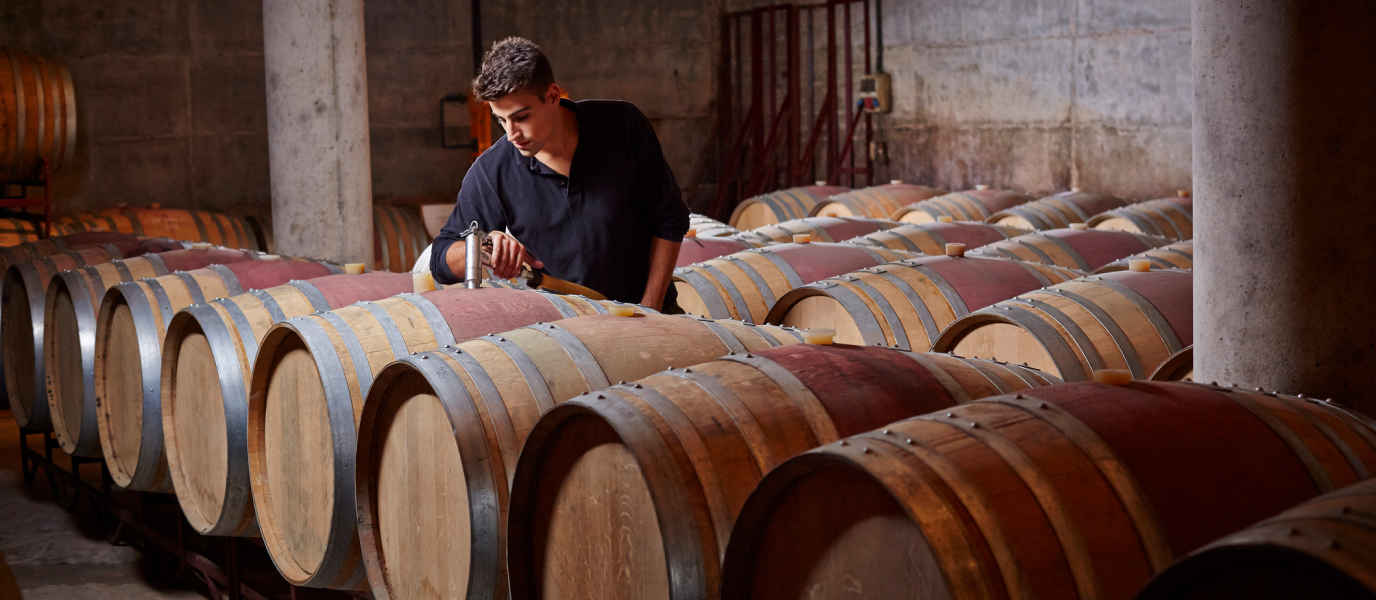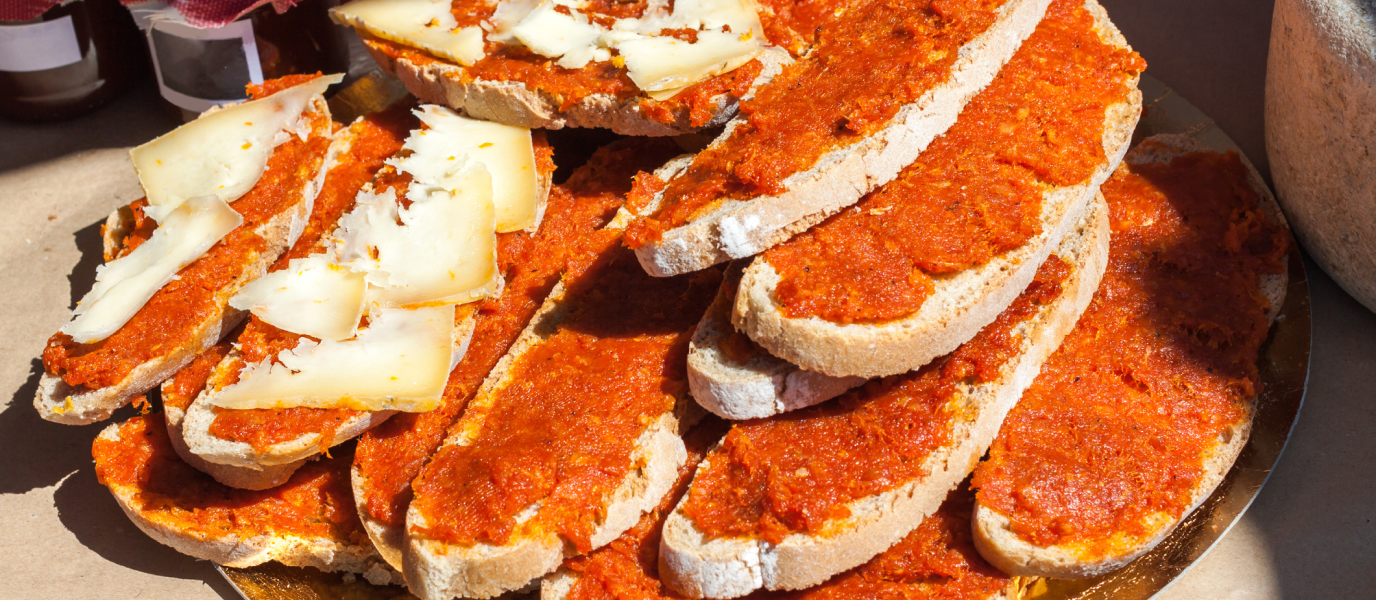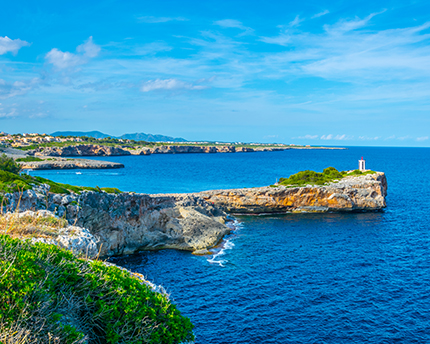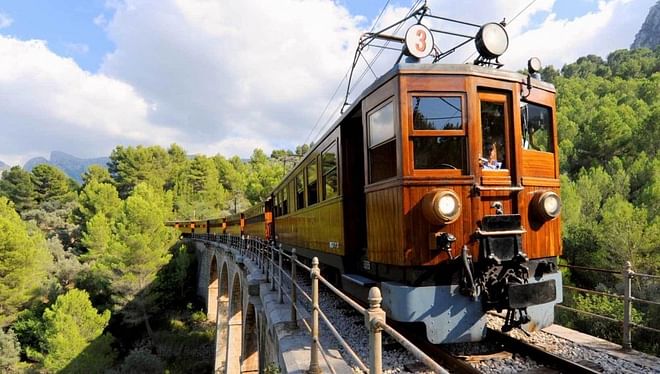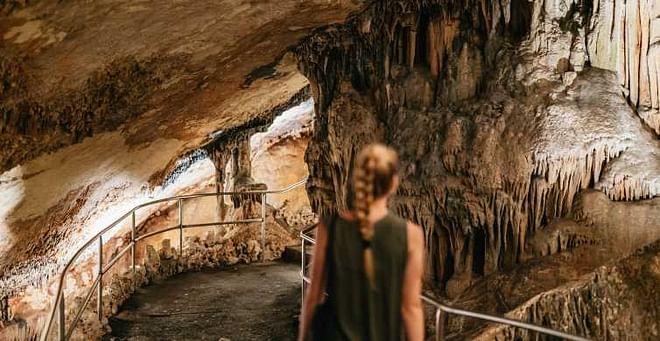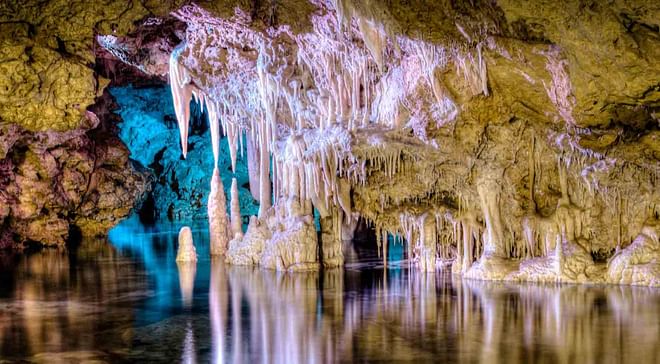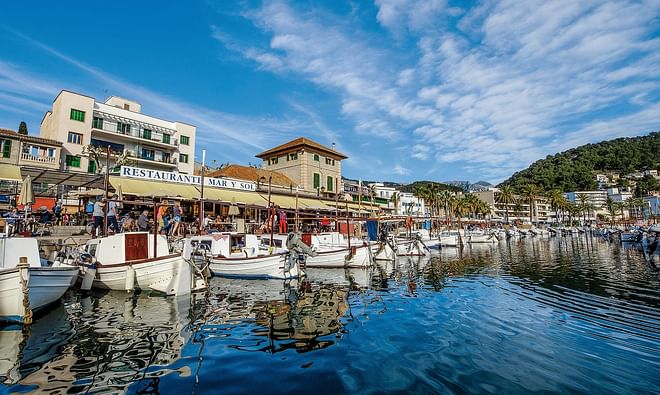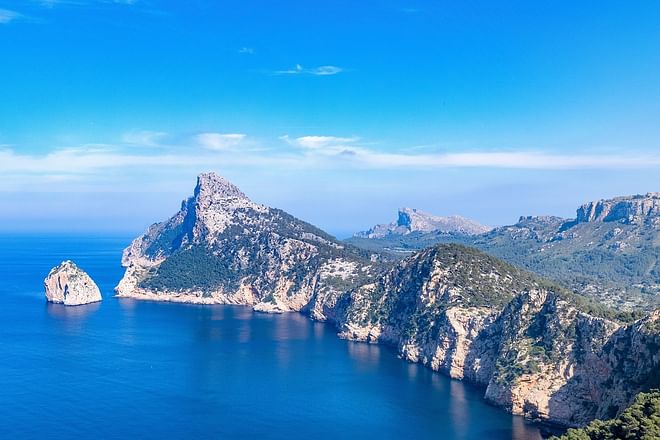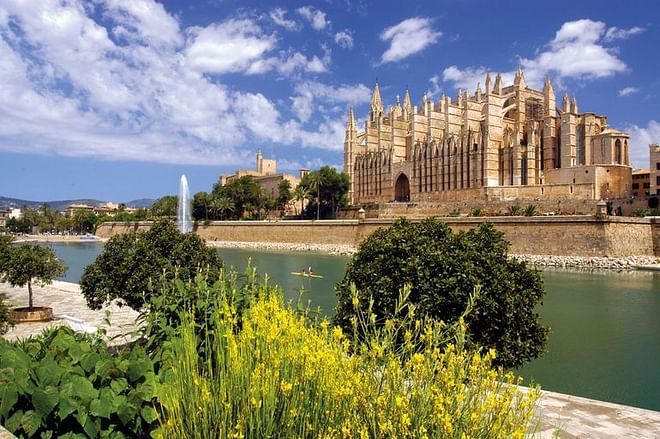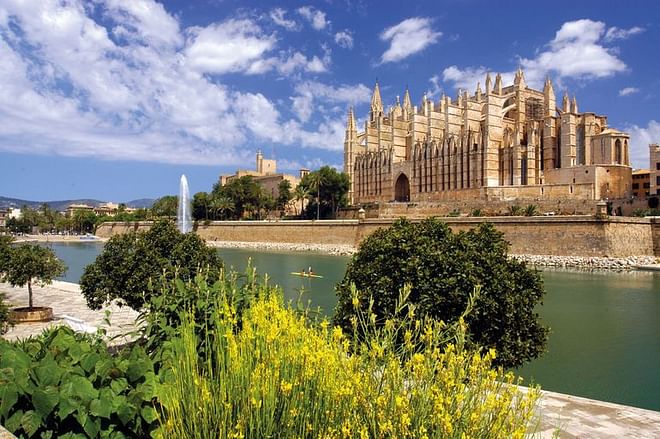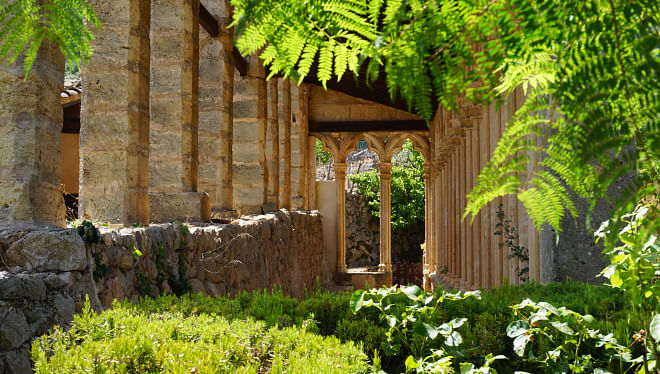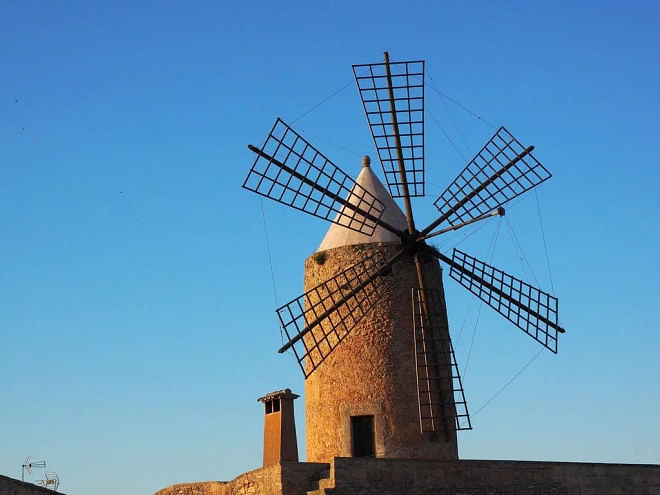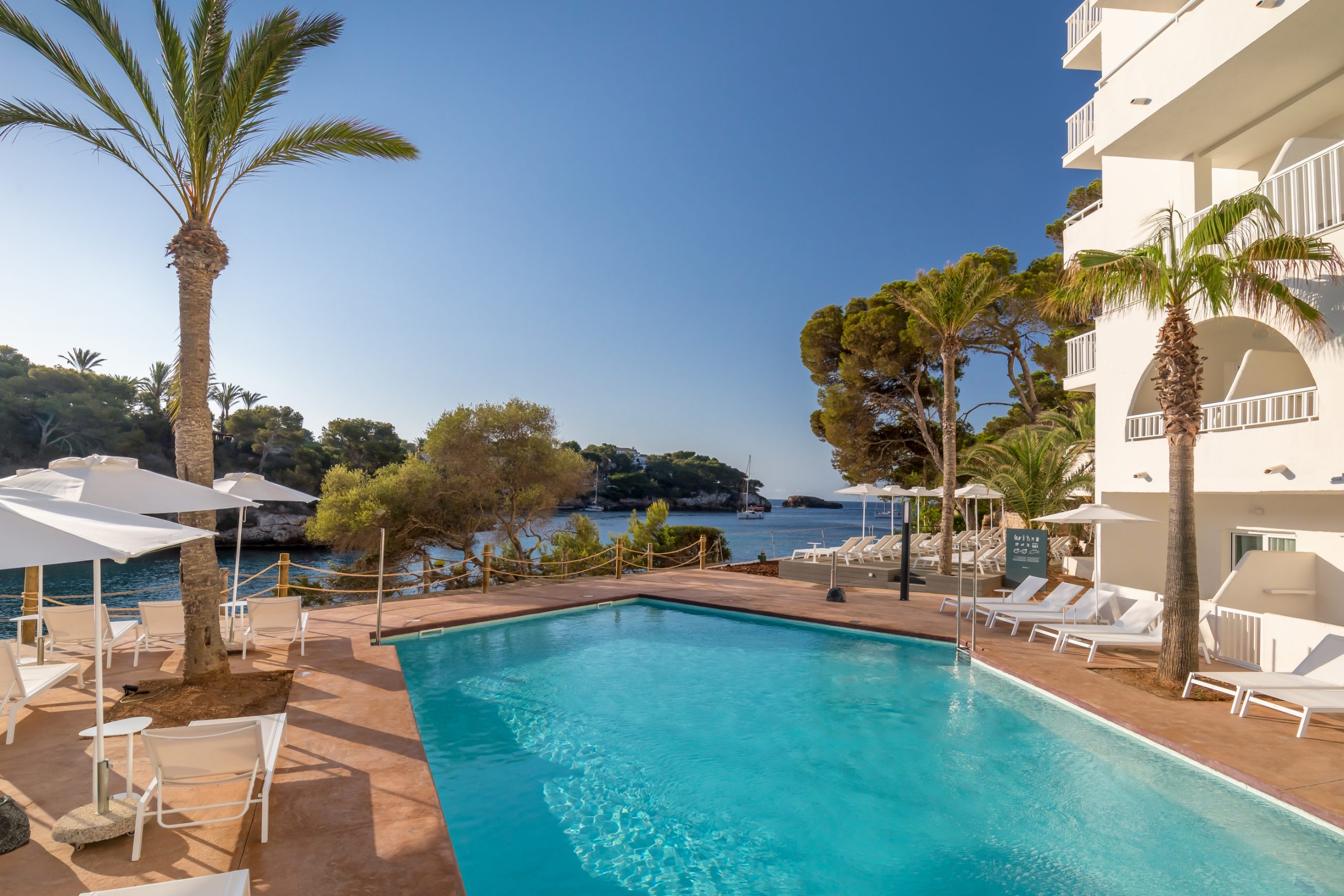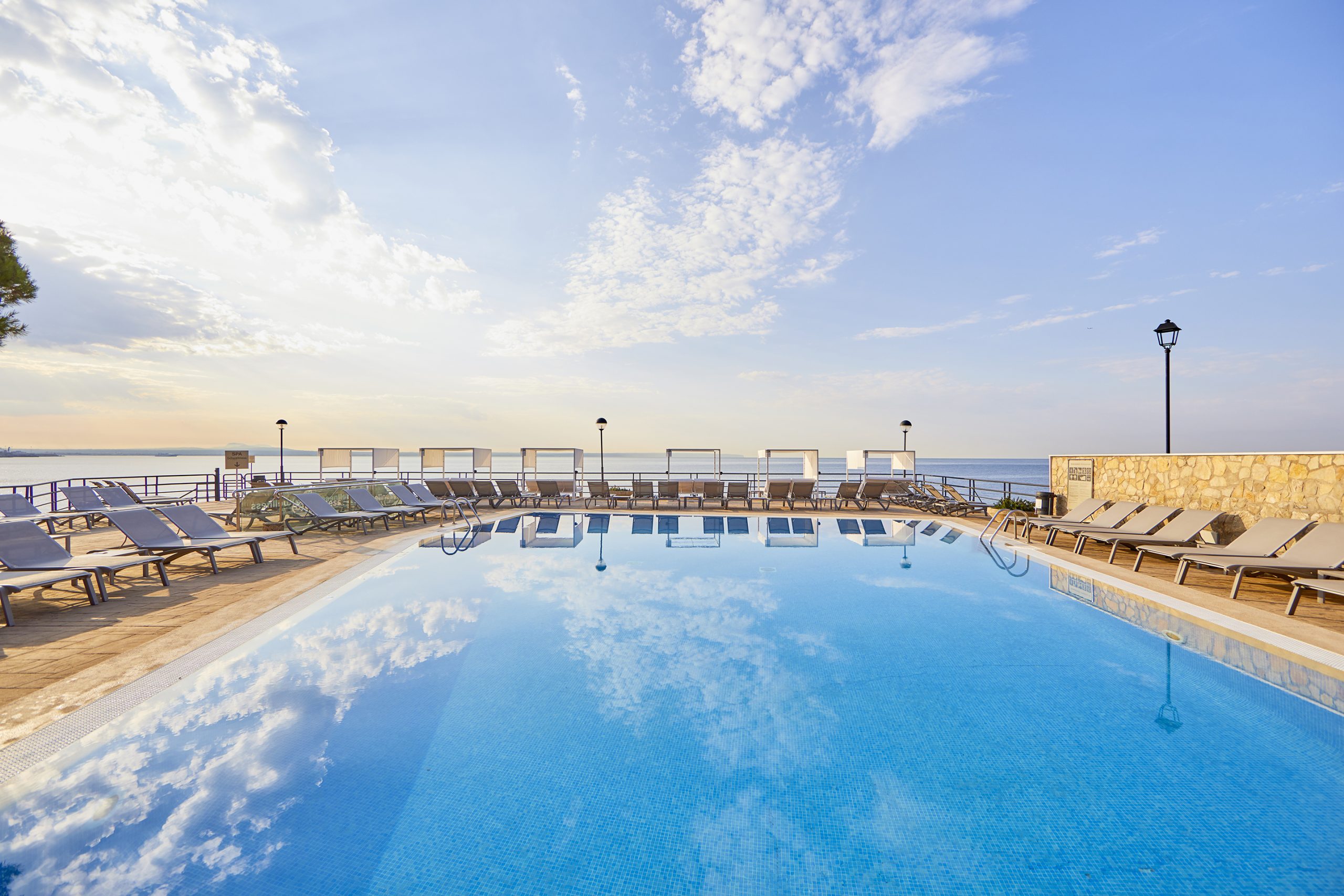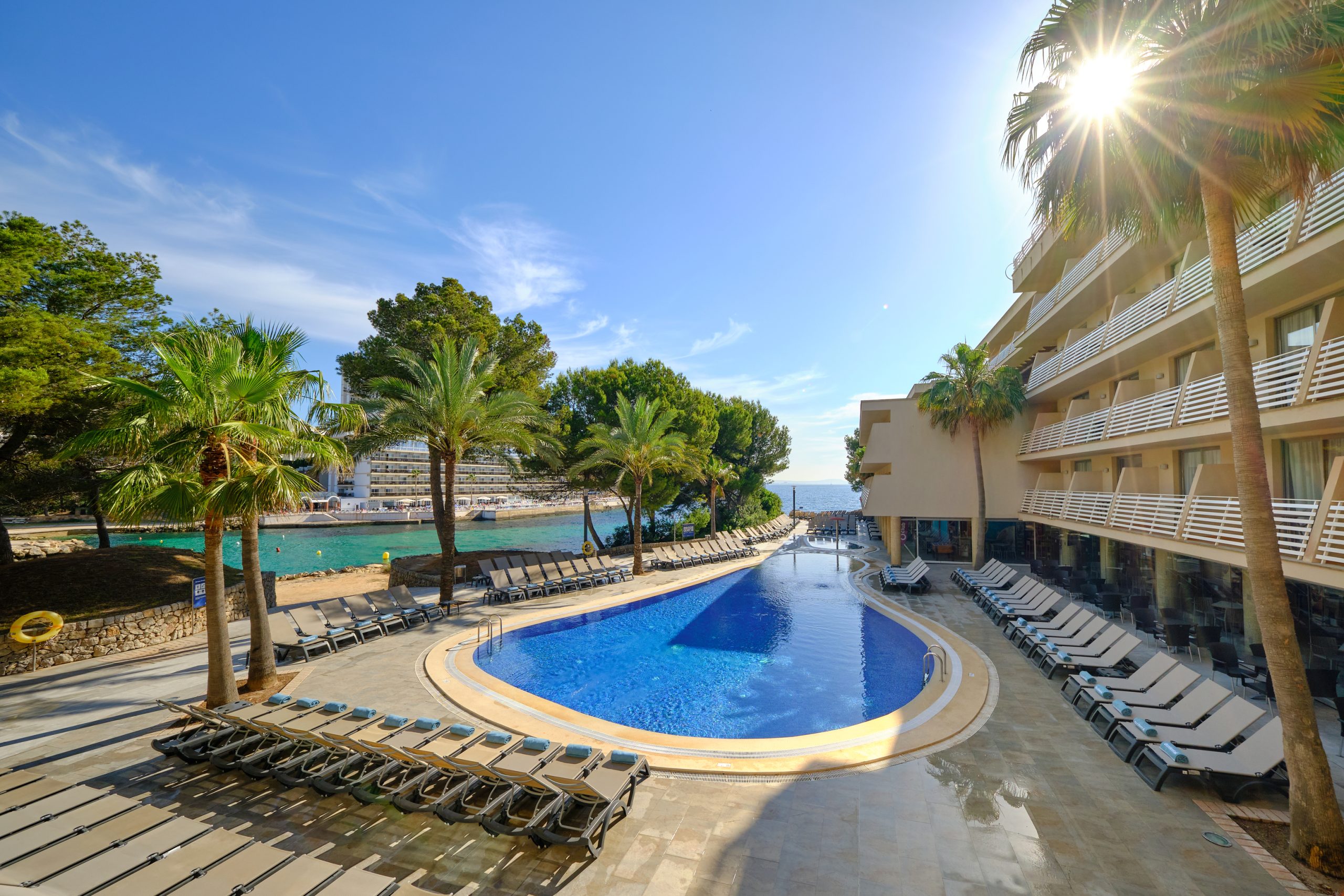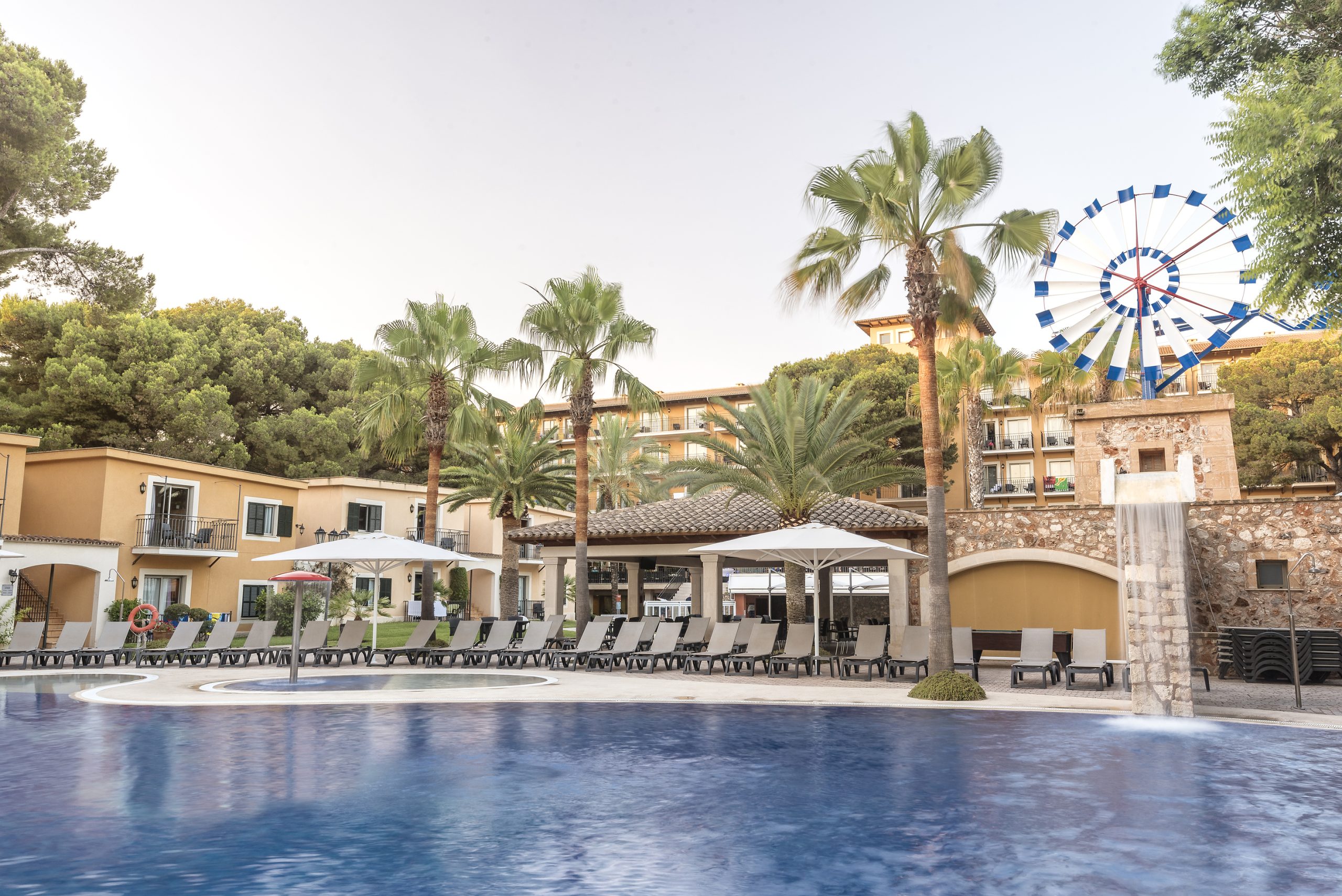Visiting wineries in Majorca is a good way to explore and get a great insight into the best of the culture and history of this Mediterranean island. In fact, for the people of Majorca, one source of pride is that a large portion of the wine made has the guarantee and control provided by its designation of origin (D.O.): Pla i Llevant and Binissalem. Also protected by designations of origin are Vi de la Terra de Mallorca, Vi de la Terra Illes Balears and Vi de la Serra Tramuntana i Costa Nord.
These places have a wide range of microclimates, altitudes and relief features, which determine the variety of personalities which characterize the wines produced on this island. Moreover, throughout the centuries, so many and such different wineries in Majorca have proliferated, so that today there are over 70 on the island.
Origin of wineries on Majorca
A large part of the wineries on Majorca have grown up, mainly, in the last three decades. This is undoubtedly a result of what has happened in the remainder of the country, where there has been a strong commitment to make quality wines rather than produce large quantities.
But long before this happened, in the 2nd century BC, the Romans had already introduced vine cultivation and had built several wineries in Majorca. After the Muslim period (on banning wine-making), from the 13th century onwards, and with the endorsement of king Jaime I, vines were planted once more throughout a large part of Majorca. Because of this, between the 14th and 18th centuries the Majorca, vineyards became one of the main driving forces to the economy on the island.
In its chequered history, above all brought about by plague (fundamentally phylloxera) and by wars, wine-making never stopped in Majorca. However, there was a highly significant change: in the nineties, in the 20th century, many local producers realised how unique the local varieties of wine were and production was boosted. They must have done a pretty good job, as today Majorca is recognised in the national wine-growing world for having great quality labels.
José Luis Ferrer Winery
Undoubtedly, this is one of the main wineries in Majorca. Not just due to its production, but also because throughout the four generations this family winery has been making wine, the pace has been set for many other local producers.
José Luis Ferrer was the visionary, who, in the thirties, set in motion this trade in the Binissalem area.
Among the most distinguished labels are:
- Pedra de Binissalem Negre 2011: it is made from Manto Negro and Cabernet Sauvignon grapes, this is an organic red wine with a highly expressive bouquet which, provides a surprisingly spicy taste on the palate.
- Reserva Veritas 2007: it is made with Manto Negro, Cabernet Sauvignon and Callet grapes. A classic wine which, generally, everybody likes and it is very balanced in bouquets and flavours.
- The José L. Ferrer range: it encompasses five types of wine (Añada, Crianza, Reserva–different types of vintage wine–, Blanc de Blancs and Rosat). All of them and together define the classical personality of this winery.
Macià Batle Winery
Its annual production verges on one million bottles of wine. Thus, Macià Batle could be considered as one of the largest wineries in Majorca. But, as stated previously, this product is not just important in terms of quantity, but also and above all because of how unique the labels produced here are.
Also in the Binissalem area, since 1856 this winery has had a strong focus on combining wine and art. This can clearly be seen on the bottle labels and also when visiting the winery itself which is decorated with various works of art.
Some of its most outstanding wines are:
- Reserva Privada 2010: it is created with Manto Negro, Callet, Cabernet Sauvignon and Syrah grapes. A highly pampered wine, which has a spiced flavour and which is characterized by its lasting taste on the palate.
- Macià Batle 1856 (2014): it is made with Manto Negro, Merlot, Cabernet Sauvignon, Syrah and Callet grapes. A strong wine, full of flavour, very intense and with a highly complex bouquet.
- Negre Dolç 2011: it is a single-variety wine made with Manto Negro grapes. It is unique in the range of red and white wines which are so typical of this winery. This sweet wine is outstanding for its stickiness and smoked and dark-roasted tasting notes.
Other wineries in Majorca
As we said before, there are dozens of Majorcan wineries, many of which practically produce for their own consumption.
Some of the most popular and well-known of these are:
- Jaume de Puntiró: within the Binissalem designation of origin, this has a focus on organic wines and is considered to be one of the most cutting-edge wineries on the island.
- Binigrau Wineries: founded by one of the descendants of Macià Batle who obviously learnt a lot about the techniques used in the parent winery. This can be seen in the wine quality. Part of the production is organic.
- Miquel Oliver: their wines are sold on the island and beyond. In fact, it is one of the Majorca wineries with the largest international market. It is well-known for its Aia label and is located in the Petra area.
- Jaume Mesquida: it is one of the wineries that has done most to boost the vine-growing revolution on the island since the end of the 20th With a clear focus on biodynamics, its production centre is in the Porreres area.
- Son Prim Wineries: the speciality of this brand is the production of single-variety wines, especially from Cabernet Sauvignon, Merlot and Syrah grapes.
- Can Ribas: this winery is well-known for its Ribas de Cabrera label, but don´t overlook its Sió, which is probably one of the best red wines made in Majorca.
- Vinyes Mortix: although it is a relatively young winery, it has already received several important awards in international competitions for its labels. It is in the heart of the Serra de Tramuntana and the microclimate of this area gives its wines a great personality.




































































